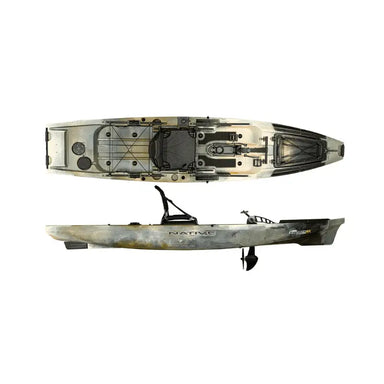
Native Watercraft Slayer Propel Max 12.5
Native Watercraft Slayer Propel Max 12.5 *Limited Stock Available* One of our most popular designs of all time, the Slayer Propel 13 has been upda...
View full detailsTrading : 7am to 5pm (Mon-Sun)
Call Us : (03) 7071 0777
Email Us : sales@primalhunter.com.au
NEED HELP?
Hours: 7am-5pm (Mon-Sun)
Ph: (03) 7071 0777
E:sales@primalhunter.com.au
For Aussie anglers, our fishing kayaks are built for the ultimate water adventure.
Whether you’re chasing barra, bream, or flathead, our pedal-powered kayaks keep your hands free for casting, while our sit-in models offer stability, comfort, and storage.
Gear up now and fish smarter!
Looking for your dream rig? Feel free to drop us a line for an obligation free chat, so we can discuss the perfect kayak for you
Or feel free to checkout our blog article below where we run you through the key considerations when choosing a kayak.
We also have our FAQs section at the bottom of the page to help you answer any general questions about kayaks.

 Sale
Sale
Native Watercraft Slayer Propel Max 12.5 *Limited Stock Available* One of our most popular designs of all time, the Slayer Propel 13 has been upda...
View full details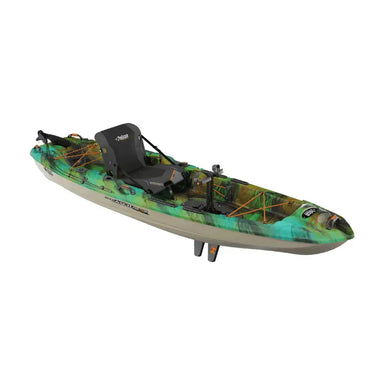 Save $500.00
Save $500.00
Pelican Catch 110 HyDryve II (Clearance price on 2022 model - floor stock only) Key Features: 4 Rigging tracks 8 in. day hatch with stora...
View full details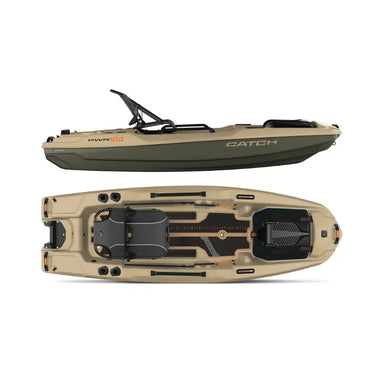 Save $-2,195.00
Save $-2,195.00
Pelican Catch PWR 100 - Unleash Your Fishing Potential Frustrated with the hassle of wiring your motor to your kayak and struggling with stability...
View full details Save $-2,199.00
Save $-2,199.00
The Profish GT has comfortable seating with a practical cockpit lay-out, plus the time saving ability to ‘Load and Go’ with Viking’s removable Tack...
View full details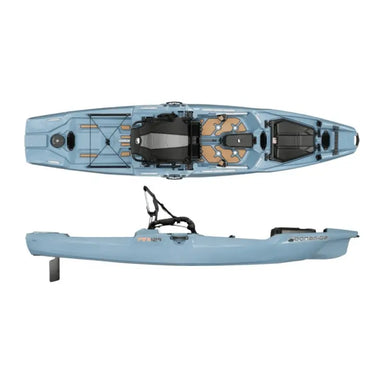 Save $-3,900.00
Save $-3,900.00
Introducing the Bonafide PWR 129 - an innovative fishing kayak optimized for power through an intelligent design focused on motorization and electr...
View full details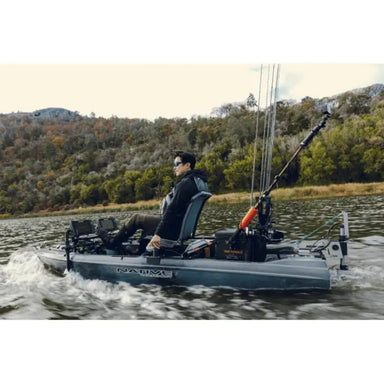 Save $-10,445.00
Save $-10,445.00
Native Watercraft Titan X Propel 10.5 with Newport NK300 + FPV 36V 30AH Motorisation Kit Elevate Your Fishing Experience Introducing the Native W...
View full details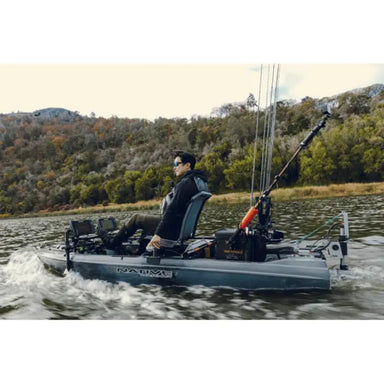 Save $-11,345.00
Save $-11,345.00
Native Watercraft Titan X Propel 12.5 with Newport NK300 + FPV 36V 60Ah Battery Motorisation Kit Limited Stock Available – Upgrade Your Fishing E...
View full details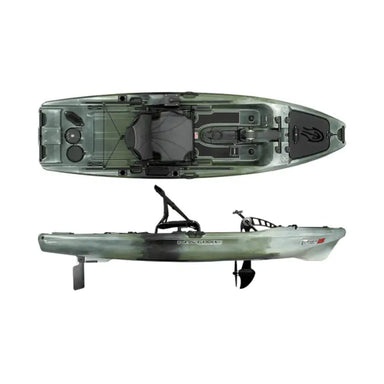 Save $-3,995.00
Save $-3,995.00
This ultimate “grab and go” pedal-driven fishing kayak combines modern features with lightweight design, offering a small but mighty package. Build...
View full details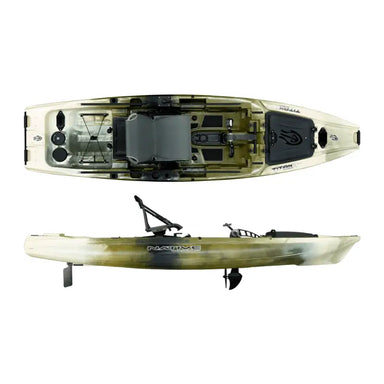 Save $-6,495.00
Save $-6,495.00
Native Watercraft Titan X Propel 12.5 *Limited Stock Available* Introducing the Titan X 12.5 Native Watercraft's latest entry to the world of pedal...
View full details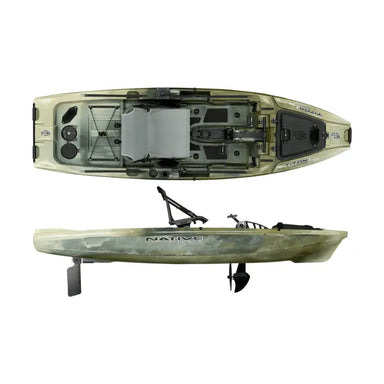 Save $-5,595.00
Save $-5,595.00
Native Watercraft Titan X Propel 10.5 *Limited Stock Available* Introducing the Titan X 10.5 Native Watercraft's latest entry to the world of peda...
View full details Save $-4,795.00
Save $-4,795.00
Slayer Propel Max 10 - Elevate Your Fishing Game The Max 10 stands out as the most compact, feature-rich fishing kayak on the market. Designed to ...
View full details Save $-1,995.00
Save $-1,995.00
Native Watercraft Slayer 12 XC *Limited Stock Available* The Slayer 12 XC is the first boat of its kind designed to be comfortable when floating r...
View full details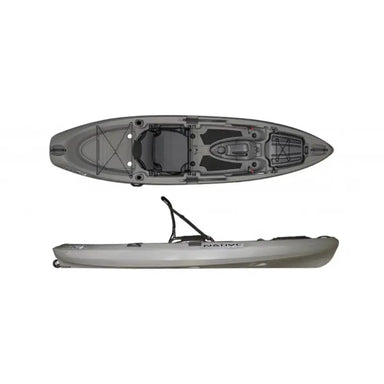 Save $-1,895.00
Save $-1,895.00
Native Watercraft Falcon 11 *Limited Stock Available" AFFORDABILITY, FISHING READY FEATURES AND HIGH/LOW SEATING ARE THE NAME OF THE GAME WITH THE...
View full details Save $-1,195.00
Save $-1,195.00
Pelican Sentinel 100XP Angler Fishing Kayak The SENTINEL 100XP ANGLER fishing kayak features molded footrests, a smartphone holder with bungee cord...
View full details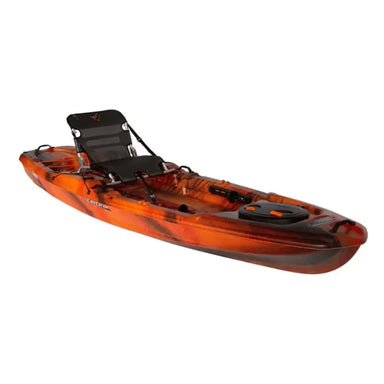 Save $-1,500.00
Save $-1,500.00
Pelican Catch Classic 120 For all fishing enthusiasts, the Pelican Premium CATCH 120* is an amazing fishing kayak. Built on a tunnel hull, this si...
View full details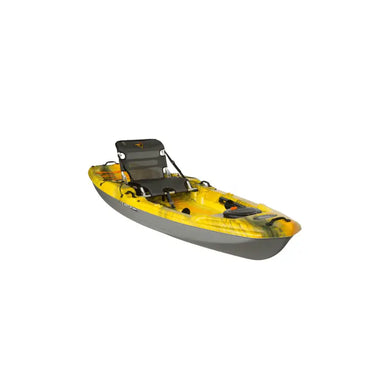 Save $-1,300.00
Save $-1,300.00
Pelican Catch Classic 100 Key Features: Adjustable footrests ERGOCAST G2 dual position seating system™ Anti-slip carpet Quick Lock hatc...
View full details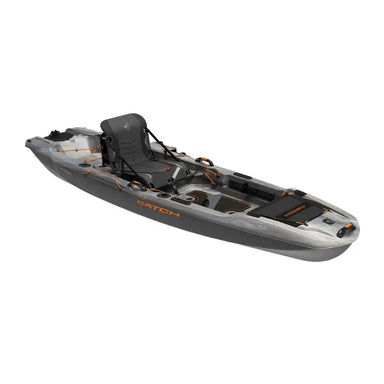 Save $-1,695.00
Save $-1,695.00
Your Perfect Fishing Partner: Pelican Catch 110 Mode Stability Meets Performance for the Avid Angler Designed with a revolutionary tunnel...
View full details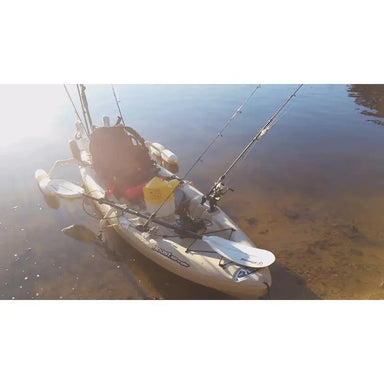 Save $-495.00
Save $-495.00
Pelican Boost 100 Angler The Pelican BOOST 100 angler is a great self-bailing kayak. Built on a twin tunnel multi chine hull, This sit-on-top kayak...
View full details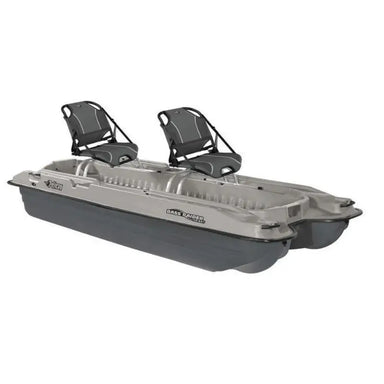 Save $-2,495.00
Save $-2,495.00
Pelican Bass Raider Fishing Boat *Available on Backorder* The BASS RAIDER 10E fishing boat offers excellent stability and tracking, and minimizes s...
View full details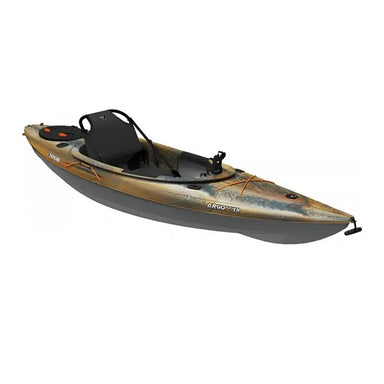 Save $-1,195.00
Save $-1,195.00
Pelican ARGO 100XR Angler Key Features: 10.2 cm day hatch with storage bag Bottle cage Bottle holder Drain plug ERGOFLEX Seating System™...
View full details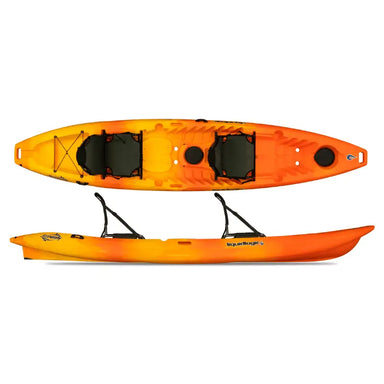 Save $-1,995.00
Save $-1,995.00
Liquid Logic Stingray 13.5 Tandem AFFORDABILITY, COMFORT AND FISHING READY FEATURES! The new Stingray rides high and dry and provides serious stabi...
View full details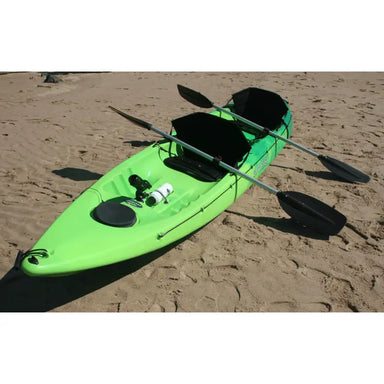 Save $-1,620.00
Save $-1,620.00
Australis Canoes Cuttlefish Sit-on-Top Fishing Kayak (with FREE 2 x Power Blade Paddles) The Cuttlefish is a 4.3 metre sit-on-top that can be saf...
View full details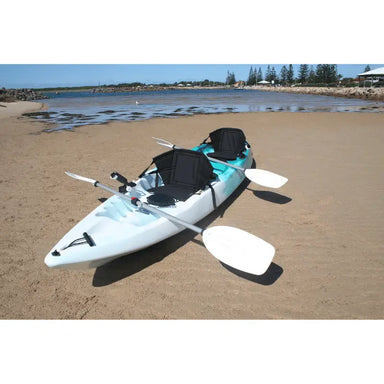 Save $-1,750.00
Save $-1,750.00
Australis Canoes Lynxx Sit-on-Top Fishing Kayak (with FREE 2 x Power Blade Paddles) The Lynxx is a 4 metre sit-on-top that will stack on top of a...
View full details Save $-870.00
Save $-870.00
Australis Canoes Bass Fishing Kayak (with FREE Power Blade Paddle) Every member of the family can use the Bass in so many different situations. ...
View full detailsBROWSE KAYAKS BY CONCERN
You can purchase kayaks in Australia right here. We stock a variety of Aussie and American made kayaks and offer cheap flat rate shipping + free freight insurance to numerous states Australia-wide.
Pelican kayaks are proudly made in North America, primarily at Pelican International's two manufacturing plants in Laval and Salaberry‑de‑Valleyfield, Quebec, Canada
Wider kayaks with flat or pontoon-style hulls are generally more stable, making them ideal for beginners, anglers, and recreational paddlers. Sit-on-top kayaks tend to offer better primary stability (initial steadiness on flat water), while sit-in models may have better secondary stability (resistance to tipping in rougher conditions). Stability also improves with a lower centre of gravity and well-balanced design. For maximum stability, fishing kayaks and wide recreational models are your best bet.
Yes, kayaks can tip over, but the likelihood depends on the type of kayak, water conditions, and paddler experience. Recreational and fishing kayaks with wider, flatter hulls are designed to be highly stable and resist tipping, especially on calm water. However, rough water, sharp movements, or improper weight distribution can increase the risk. With proper technique and balance, most modern kayaks are very stable and safe for everyday paddling.
Yes, kayaks can be stored outside, but they need proper protection to prevent damage from sun, rain, and temperature changes. Prolonged exposure to UV rays can degrade the plastic and cause fading or warping. To store a kayak outdoors, keep it off the ground, out of direct sunlight (preferably under a tarp or cover), and protected from moisture buildup. Use a weather-resistant kayak cover and store it upside down or on its side for best results.
The best kayaks for the ocean are typically longer, narrower sit-in models or sit-on-top touring kayaks designed for stability, tracking, and handling waves. Ocean kayaks should have a deep V-shaped hull or rocker design to cut through chop, and often feature rudders or skegs for improved control in currents and wind. Look for models with sealed hatches, deck lines, and enough storage for gear and safety equipment. Always choose a kayak rated for open water to ensure safety and performance in coastal conditions.to work with most cars regardless of the size. We would highly recommend checking out our Viking Kayaks, specifically designed for ocean fishing.
The best kayaks for rivers are typically shorter, more maneuverable models with a wider hull for stability in moving water. For slow-moving or calm rivers, recreational sit-on-top or sit-in kayaks work well, offering comfort and ease of use. For faster-flowing or rougher rivers, look for whitewater-specific kayaks with responsive handling and impact-resistant construction. Stability, control, and durability are key features to consider when choosing a river kayak.
Kayaks have drain plugs to allow water that enters the hull or interior to be easily removed. This is especially useful after paddling in rough conditions, capsizing, or when water seeps in from rain or splashes. Without a drain plug, trapped water can add unnecessary weight, affect balance, and potentially cause mould or damage over time. Simply open the plug after use to drain excess water and keep your kayak dry and well-maintained.


